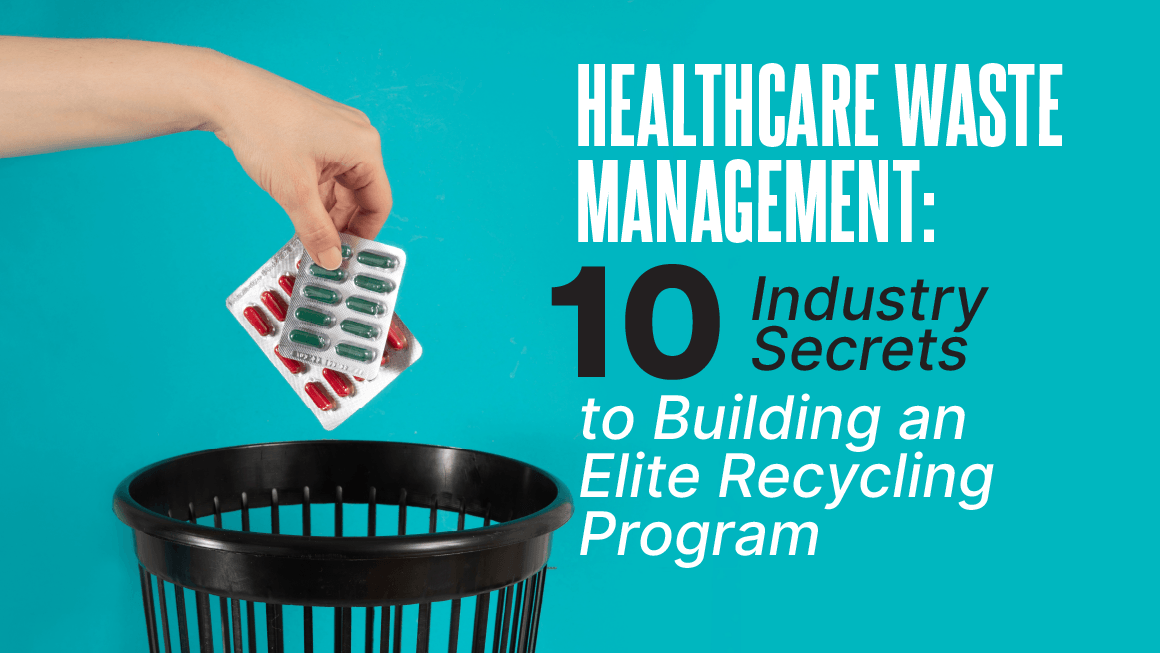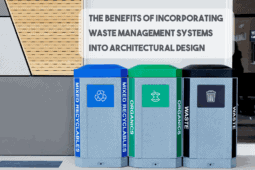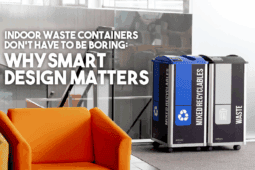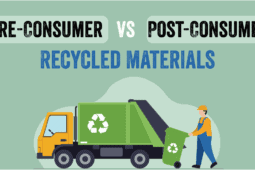At Busch Systems, we’ve been building exceptional healthcare recycling and waste management programs for 40 years. Here are 10 key secrets we’ve unearthed to help you create the collection program you’ve always wanted for your healthcare facility—while saving money in the process.
Let’s Start with the Facts
Hospitals and ambulatory healthcare facilities are major consumers of resources and generate significant waste:
- American hospitals generate nearly 6 million tons of waste annually.
- In a 2010 survey, 114 member hospitals reported generating an average of 33.8 pounds of waste per day, per staffed bed.
- The World Health Organization estimates that 85% of total waste created in healthcare facilities is general, non-hazardous waste, while only 15% is considered hazardous material.
Healthcare facilities provide a tremendous opportunity to improve diversion rates in the community. With this in mind, it’s essential for every healthcare facility to have an effective waste management program that prioritizes recycling the estimated 85% of standard municipal solid waste generated.
Ineffective healthcare collection programs lead to excess waste, frequent maintenance, and costly disposal. With that in mind, here are 10 ways to enhance the effectiveness of your healthcare waste management program.
1. Begin with a Preliminary Waste Audit
Building a successful waste management program starts with identifying and categorizing the types and quantities of waste produced in every area of your facility.
Use a map of your facility to pinpoint key areas—waiting rooms, day rooms, patient rooms, emergency rooms, operating rooms, etc.—and track the types of waste generated in each space.
For example, a typical hospital’s solid waste can break down as follows:
- 54% paper and cardboard
- 18% organics
- 15% plastics
- 3% metal
- 2% glass
Color-coded bins for each stream make waste separation easier, minimize contamination, and simplify disposal.
2. Build a Green Team
Sustainability initiatives require time and commitment. If your facilities management team is stretched thin, a Green Team can become your most valuable ally.
A Green Team is a small group of employees dedicated to educating, empowering, and inspiring colleagues to promote environmentally sustainable practices. Every new initiative benefits from a full launch campaign supported by a group of influencers.
To set your Green Team up for long-term success, provide:
- Formal oversight
- Measurement and verification tools
- A clear mission
3. Communicate Your Program to Visitors
Visitors don’t spend every day at your facility, so it’s essential to educate them quickly about your recycling and waste management program.
- Label containers clearly with understandable graphics.
- Consider multilingual signage for international visitors.
- Standardize graphics across all locations.
Educate your staff about sustainability initiatives so they can pass knowledge on to visitors. Effective communication ensures everyone is on board.
4. Modify Your Operational Habits
Daily operations are an excellent testing ground for waste reduction strategies. Small modifications can make a big impact. Consider evaluating routine practices to identify waste-saving opportunities across departments.
5. Focus on Food Waste
The EPA estimates that North American hospitals generate about 288,401 tons of food waste annually, much of which is patient food. In 2010 alone, this resulted in $45 million in wasted food, not including labor or preparation costs.
Food recovery programs, such as composting, are an effective way to reduce this waste. Adding an organics/compost stream near cafeterias can significantly boost food waste recovery rates.
6. Ditch Single-Use Plastics
Sustainability extends beyond recycling—it also means giving products a second life through reuse.
- A single hysterectomy can produce 20 pounds of plastic waste from packaging and disposable instruments.
- Toronto Western Hospital’s neurosurgery team saved hundreds of thousands by switching to reusable supplies.
Reducing single-use plastics minimizes environmental impact and can generate cost savings.
7. Re-evaluate Disposal Habits
Traditional waste removal often involves sending co-mingled materials to landfills or incineration. Modern strategies allow facilities to manage parts of the process directly.
- Food waste is one of the largest streams. Many haulers now specialize in organics/compost collection, often at reduced costs.
- If collection services aren’t available, investing in on-site composters is an effective alternative.
8. Choose the Right Recycling Stations
Selecting the proper containers for each space is crucial. If recycling or compost bins aren’t conveniently located next to trash bins, contamination increases, and recyclables may end up in landfills.
Factors to consider when choosing recycling stations include:
- Placement and accessibility
- Stream separation
- Durability and usability
Correct placement ensures that your recycling program runs efficiently and reduces contamination.
9. Set Sustainability Standards for Vendors
Waste isn’t limited to internal operations—suppliers and vendors contribute significantly. Set sustainability expectations, including:
- Minimal packaging
- Recyclable or biodegradable materials
- Take-back programs for unused or expired products
Partnering with eco-friendly suppliers ensures your supply chain supports your sustainability goals. Regularly review vendor contracts to reinforce these standards.
10. Track and Monitor Progress
Continuous tracking and monitoring are key to long-term success. Use data from waste audits, recycling rates, and disposal logs to measure program effectiveness.
- Implement key performance indicators (KPIs), such as reduced hazardous waste, improved recycling rates, or cost savings.
- Review metrics with your Green Team to identify improvement opportunities.
Example: Dignity Health, the fifth-largest health system in the U.S., recycled 250,000 pounds of sterilization wrap network-wide in 2017 and anticipated over 125 tons in 2018 through collaborative competition across hospitals.
Conclusion
Applying these 10 industry secrets can give your healthcare waste management program a significant boost. Over time, small and large improvements will:
- Increase diversion rates
- Reduce costs
- Enhance your facility’s environmental impact and community reputation
Need help getting started? Contact us to chat with our Healthcare Waste Management Specialists for more directions on where to begin your journey to waste management greatness.
Key Takeaways (TL;DR)
- Track progress: Monitor KPIs and continuously refine programs.
- Audit first: Identify types and volumes of waste.
- Green Team: Empower staff to drive sustainability.
- Educate visitors: Clear signage and graphics are essential.
- Operational tweaks: Small habit changes reduce waste.
- Food recovery: Compost and divert food waste.
- Reduce single-use plastics: Favor reusables.
- Rethink disposal: Partner with specialized haulers or compost on-site.
- Right containers: Proper placement minimizes contamination.
- Vendor standards: Encourage eco-friendly suppliers.








